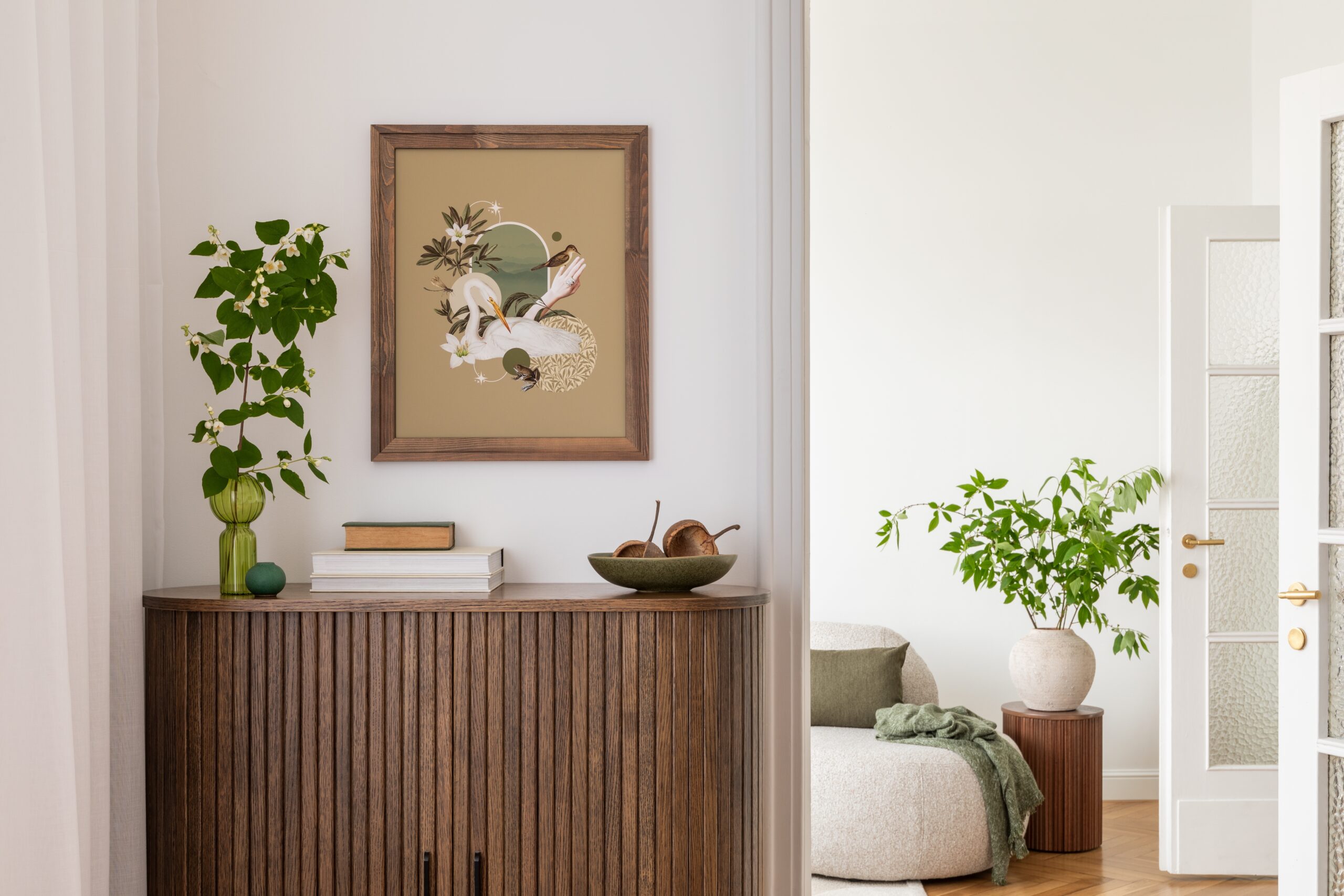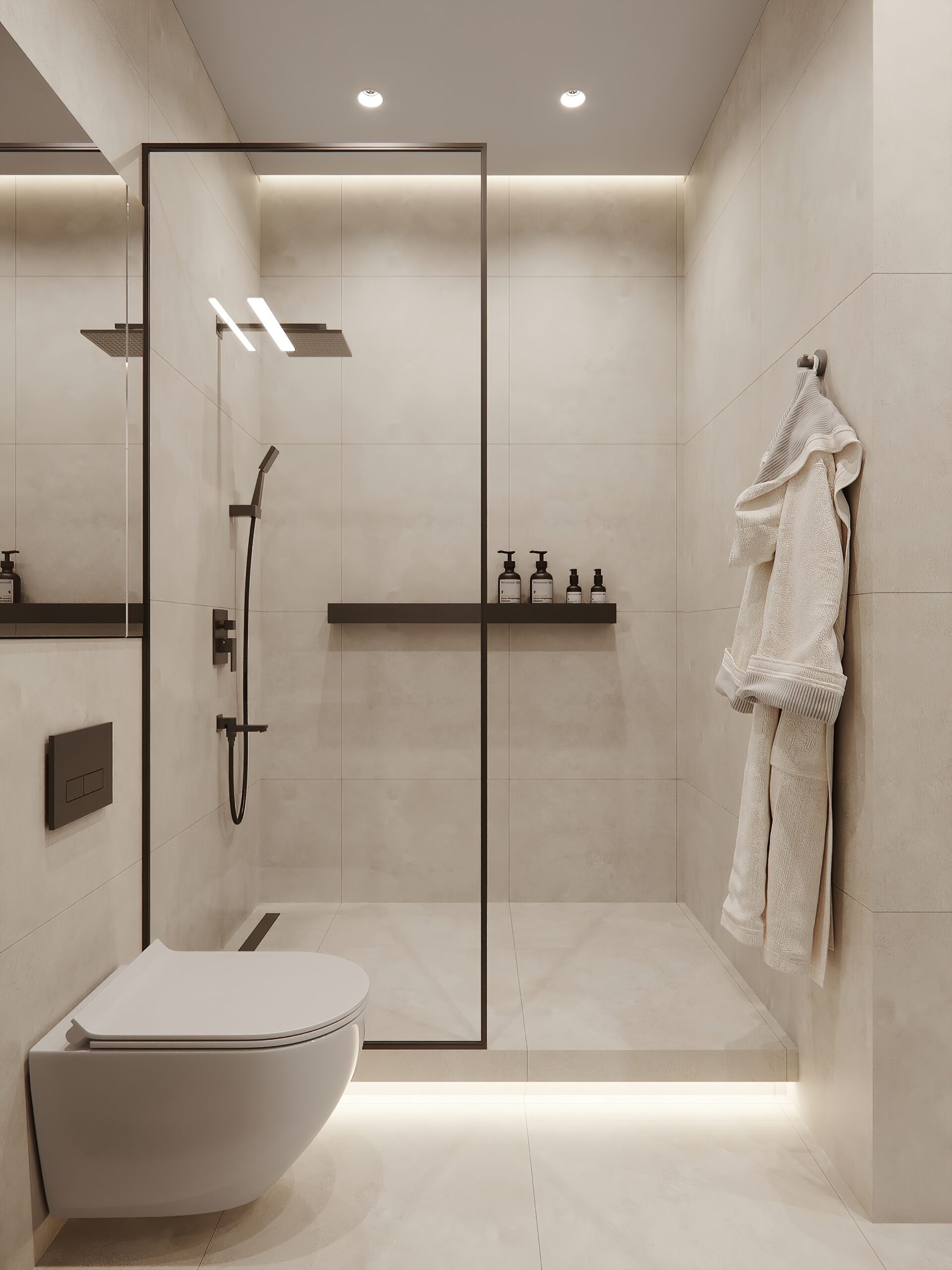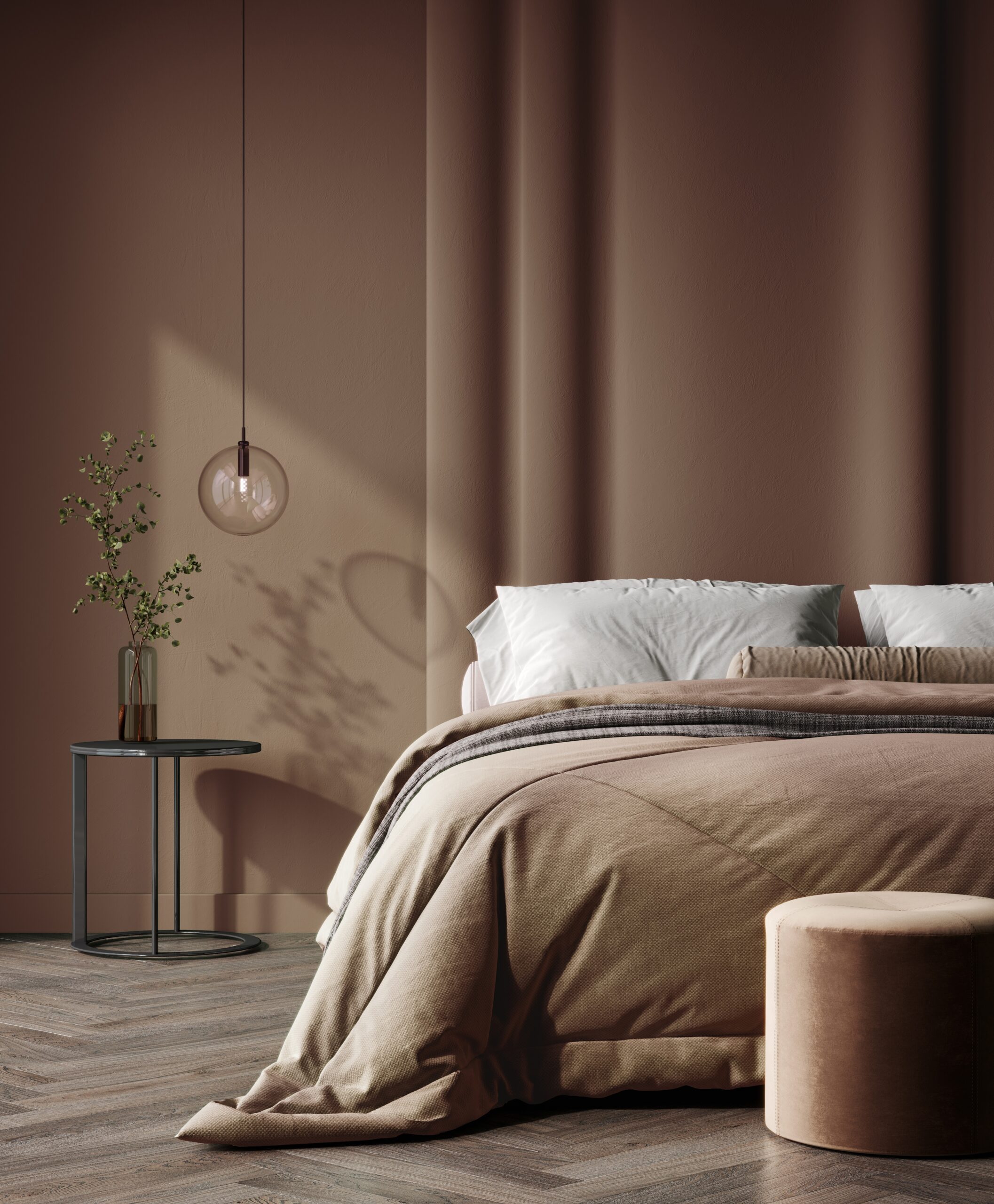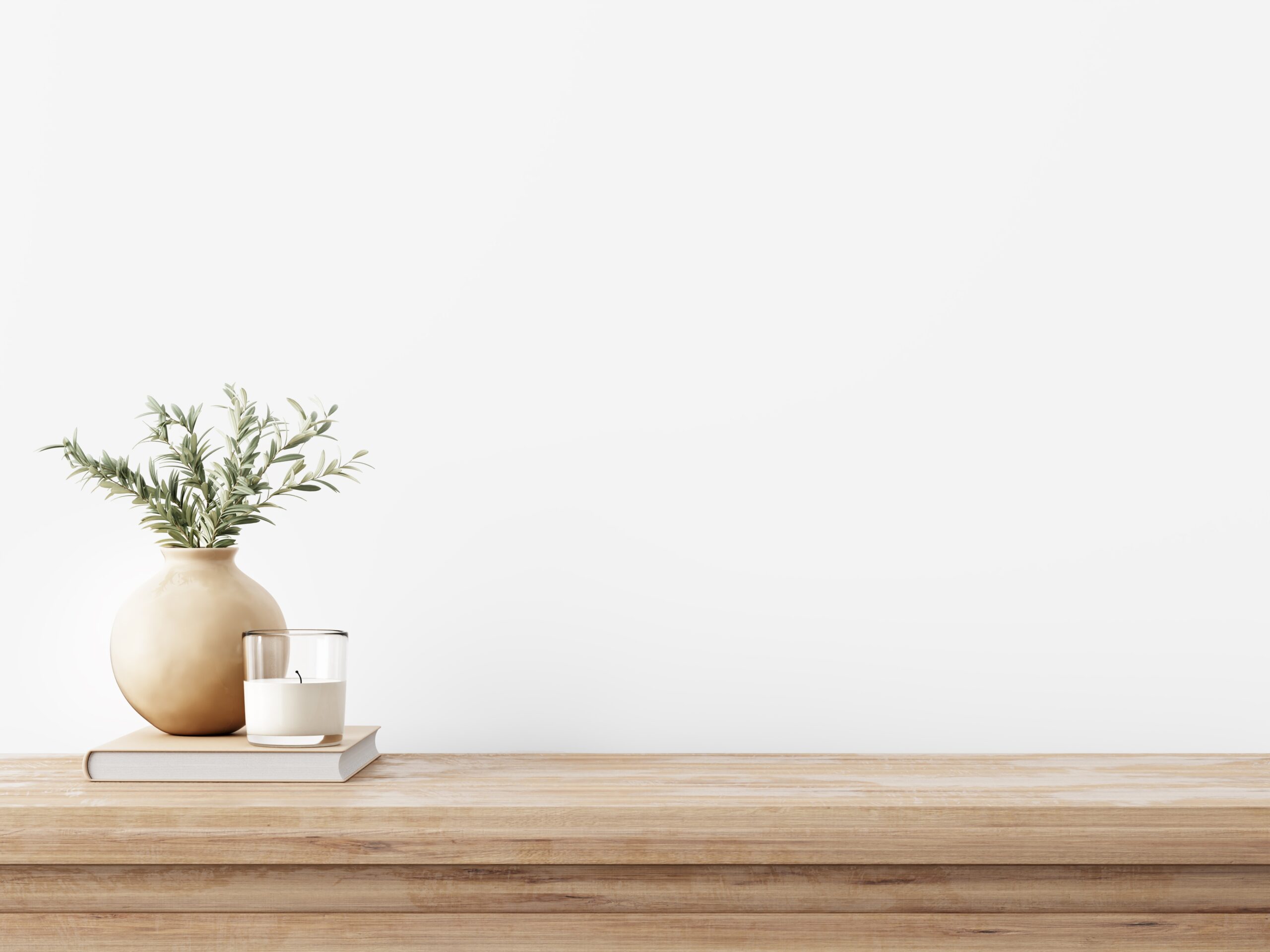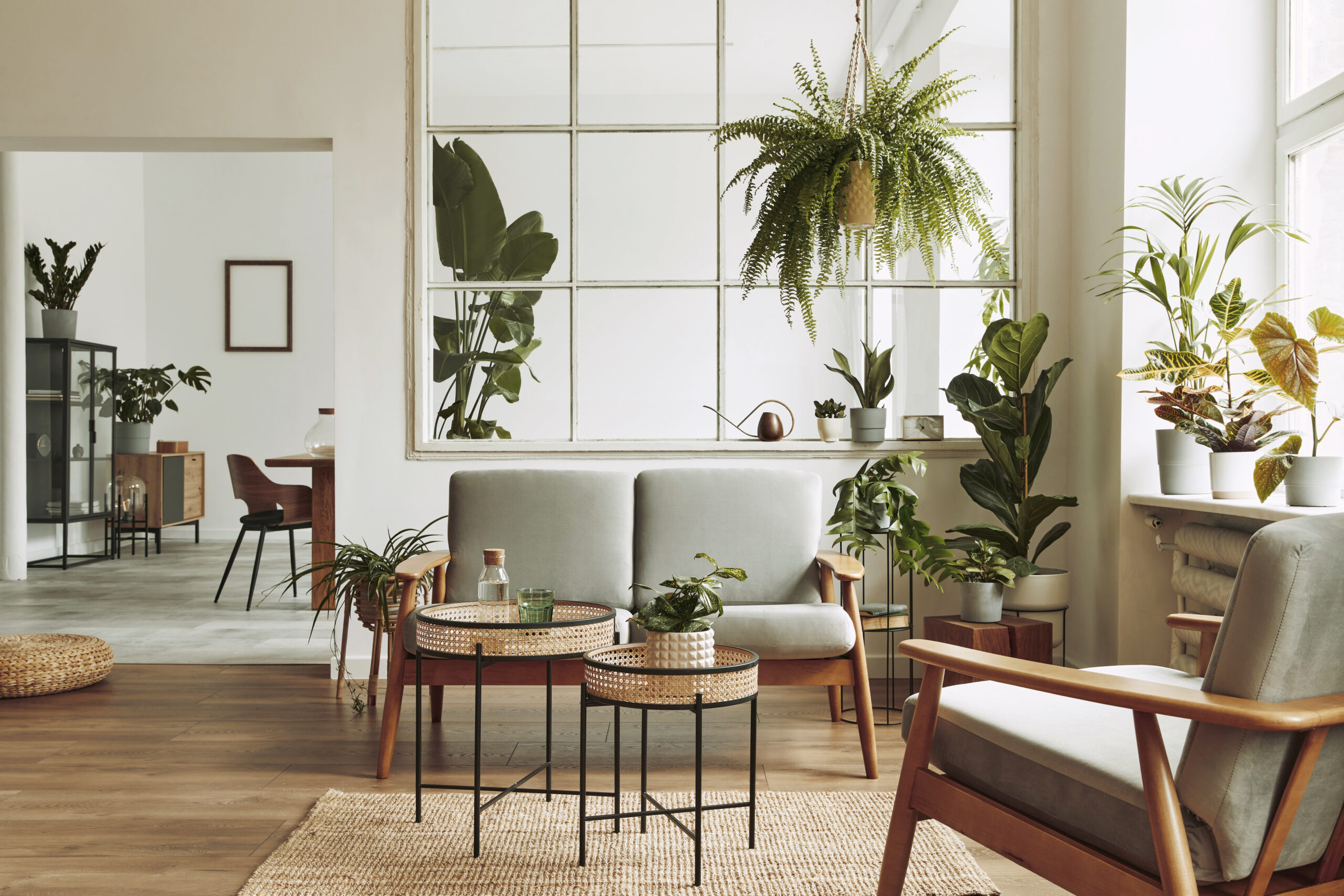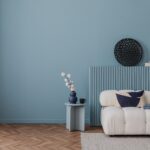Eco-friendly interior design is no longer just a trend—it’s a lifestyle choice that beautifully blends sustainability and style. Whether you’re redesigning your entire home or simply refreshing a space, choosing eco-conscious materials, décor, and habits not only benefits the planet but also promotes a healthier, calmer living environment. This article explores how to create stylish, sustainable spaces with natural materials, smart furniture choices, and environmentally responsible design principles.
Outline
- What Is Eco-Friendly Interior Design?
- Why Sustainability at Home Matters
- Core Principles of Sustainable Interiors
- Choosing Conscious Materials
- Upcycling & Vintage Finds
- Lighting, Paints and Air Quality
- Minimising Waste with Smart Décor Habits
- Where Style Meets Sustainability: Real Examples
- Eco-Conscious Brands to Know
- Final Thoughts: Designing with Intention
What Is Eco-Friendly Interior Design?
Eco-friendly interior design focuses on reducing environmental impact, improving indoor air quality, and creating long-lasting spaces by using materials and practices that are kinder to the planet.
It means:
- Choosing renewable and natural materials
- Reducing reliance on synthetics
- Supporting local and ethical craftsmanship
- Creating interiors that are durable and timeless
Why Sustainability at Home Matters
Our homes contribute significantly to our carbon footprint. From furniture production to energy usage, every decision shapes how our interiors affect the world outside.
Environmental & personal benefits:
- Lower energy consumption
- Healthier air with non-toxic finishes
- Less waste through conscious consumption
- A space that reflects not just your style—but your values
“Your home should tell the story of who you are—and be a collection of what you love and what you believe in.” – Nate Berkus
Core Principles of Sustainable Interiors
These five principles form the foundation of eco-conscious design:
- Reduce: Buy less, choose better
- Reuse: Refinish, repurpose, and upcycle
- Recycle: Seek out recycled or recyclable materials
- Local: Support local artisans and reduce shipping impact
- Longevity: Invest in timeless design over trends
Choosing Conscious Materials
When selecting materials, go natural, renewable, and responsibly sourced.
| Material | Why It’s Sustainable | Best For |
|---|---|---|
| Bamboo | Fast-growing and requires no replanting | Flooring, furniture, textiles |
| Cork | Harvested without cutting down the tree | Wall tiles, floors, accents |
| Reclaimed wood | Reduces demand for new logging | Tables, shelves, wall panels |
| Organic cotton | No harmful pesticides, biodegradable | Bedding, curtains, upholstery |
| Natural stone | Durable, non-toxic, and timeless | Countertops, tiles, accents |
Upcycling & Vintage Finds
One of the greenest ways to furnish a space is to avoid new production altogether.
How to make it work:
- Shop vintage markets and second-hand stores
- Reupholster worn-out pieces in organic fabrics
- Repaint or refinish to match your space
- Embrace patina and character—it tells a story
Tip: Pair old pieces with clean lines and neutral palettes to keep your space feeling fresh, not cluttered.

Lighting, Paints and Air Quality
The health of your home’s air matters more than you think—especially with all the time we spend indoors.
Go green by:
- Choosing low- or zero-VOC paints
- Opting for LED lighting
- Using natural candles, beeswax or soy-based
- Adding houseplants to purify air and soften visuals
Bonus: Plants aren’t just pretty—they naturally reduce indoor toxins.
Minimising Waste with Smart Décor Habits
Creating a beautiful, conscious home isn’t about buying new eco-products—it’s about shifting your habits.
Easy ways to reduce waste:
- Decorate seasonally with items you already own
- Say no to “fast décor” trends
- Organise swap events with friends
- Repair instead of replace
Style is not about how much you spend—it’s about what you choose to keep.
Where Style Meets Sustainability: Real Examples
Sustainable doesn’t mean boring:
- A minimalist living room with reclaimed wood beams and linen curtains
- A kitchen with recycled glass tiles and energy-efficient appliances
- A bedroom layered in organic cotton and warm cork flooring
Add soul to your space by choosing fewer, more meaningful pieces.
Eco-Conscious Brands to Know
| Brand | What They Offer | Region |
|---|---|---|
| Made Trade | Ethical furniture & textiles | US & global shipping |
| Aerende | Handmade homewares by people facing social challenges | UK |
| Lick | Low-VOC paints, sustainable packaging | UK |
| Eco Birdy | Recycled plastic children’s furniture | Europe |
| Nkuku | Artisanal and fair-trade interiors | UK-based |
Want to support local? Look for artisan makers on Etsy or local pop-up markets.
Final Thoughts: Designing with Intention
Designing an eco-friendly interior is about more than buying the “right” products—it’s about creating a space with care, purpose, and longevity.
You don’t need a full renovation or a huge budget to start. Begin with one room. One habit. One decision at a time.
A truly beautiful home is one that feels good, does good, and lasts.
Up Next on the Blog:
- 10 Sustainable Swaps for Everyday Living Spaces
- How to Choose Non-Toxic Paint Colours That Work in Every Room
- Zero-Waste Styling: The Art of Reusing What You Already Own
Want more ideas? Subscribe to our newsletter for monthly inspiration that’s good for your home—and the Earth.


